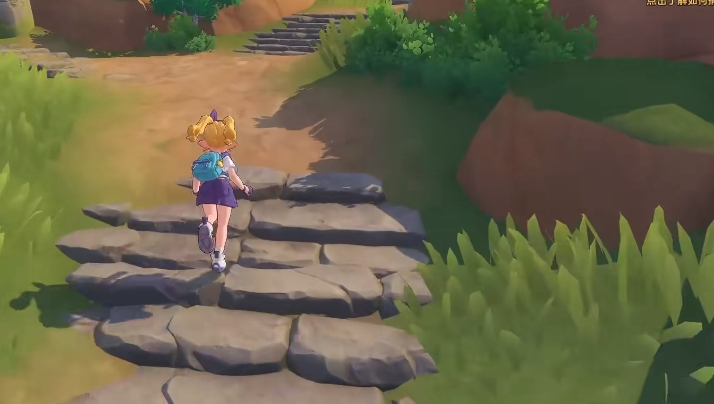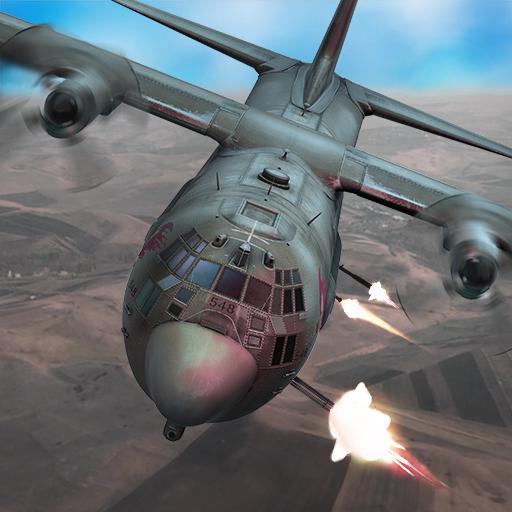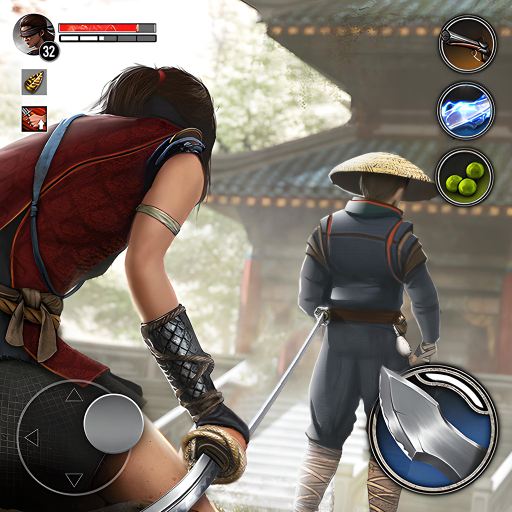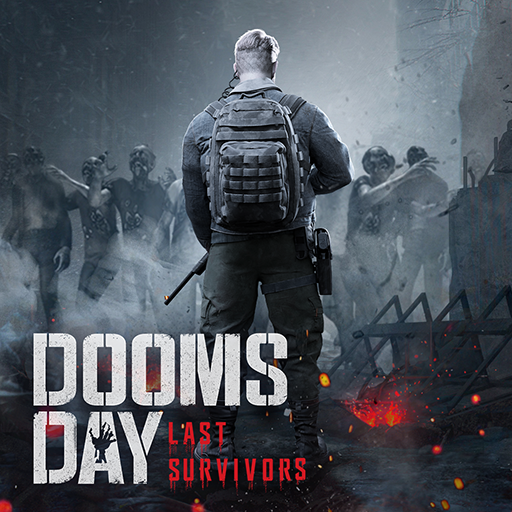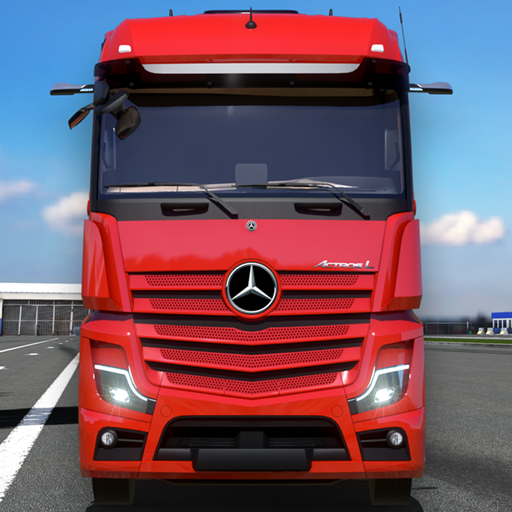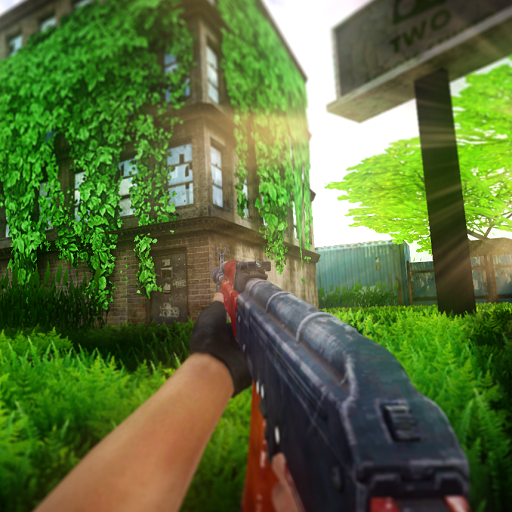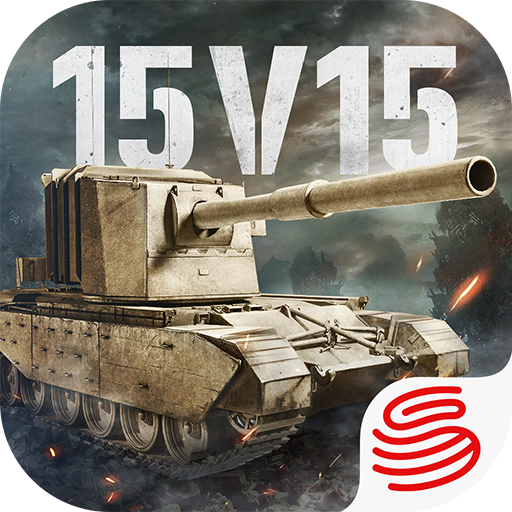Helicopters are multi-dimensional air units in modern warships, with key functions such as reconnaissance, anti-submarine, and fire support. Today, I will introduce you to the basics of helicopter gameplay in modern warships. Different types of helicopters are suitable for different ships and combat scenarios, and a reasonable choice can provide us with excellent battlefield control. In the following, I will systematically analyze the tactical play of helicopters to help players optimize their air support tactics.
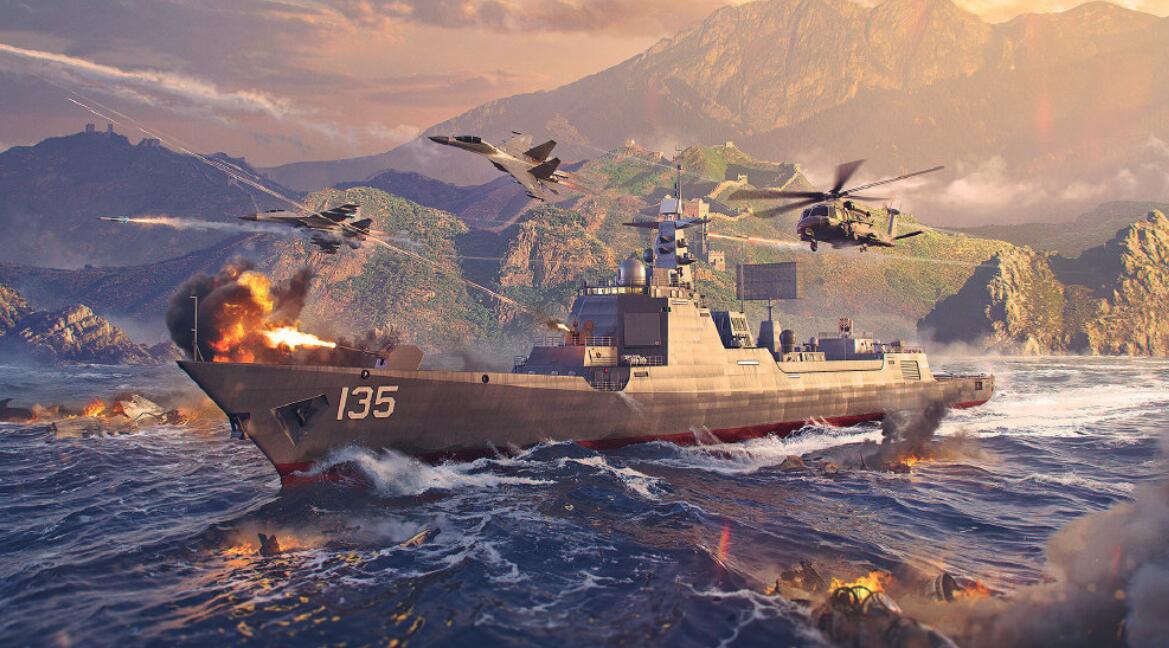
In the game, helicopters are mainly divided into reconnaissance type (such as Osprey), anti-submarine type (such as Crocodile), and fire support type (such as Apache). The reconnaissance type, represented by the Osprey, is equipped with radar detection equipment, which can quickly locate enemy ships and mark them for guidance to friendly missiles. The anti-submarine Crocodile carries depth charges and sonar buoys, effectively suppressing submarines. The fire support Apache is armed with rockets and air-to-ground missiles, excelling in close-range suppression of surface targets. New players are advised to prioritize obtaining the Osprey, balancing reconnaissance and basic anti-ship capabilities.
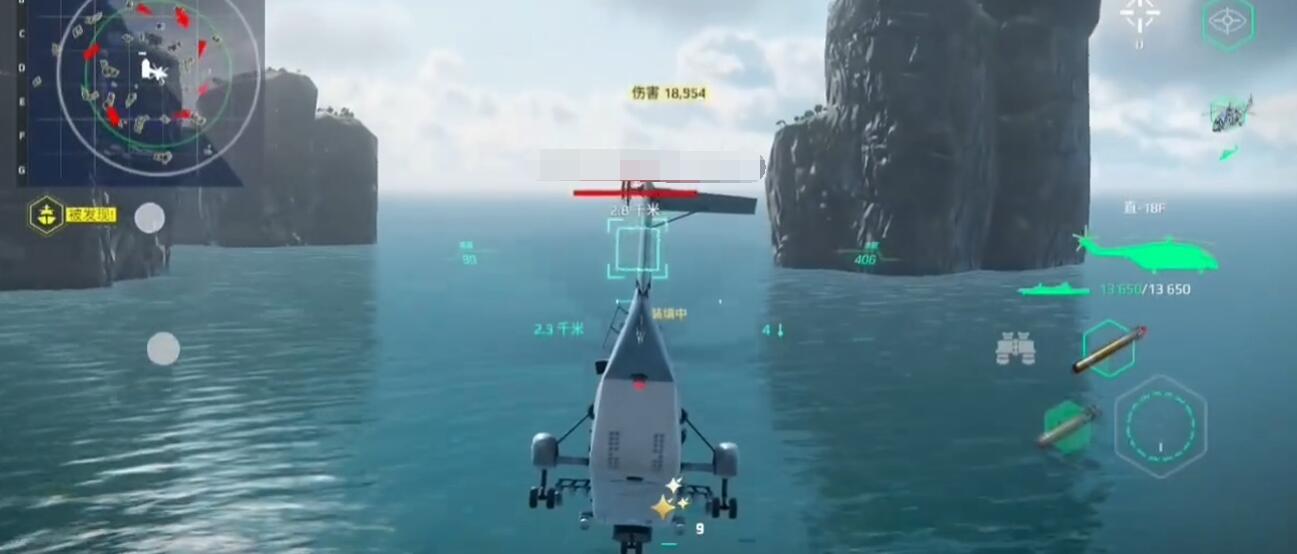
For anti-submarine operations, it is recommended to equip the Crocodile helicopter with ASW rockets and sonar buoys, complemented by ship-based anti-submarine torpedoes, giving the helicopter strong anti-submarine capabilities. During operation, the helicopter should maintain low-altitude flight using sonar buoys to scan for submarine tracks, immediately dropping depth charges upon discovering a target. If the enemy submarine dives, switch to ship-mounted anti-submarine rockets for follow-up attacks. Pay attention to avoiding enemy anti-aircraft fire and prioritize eliminating less threatening single submarines.
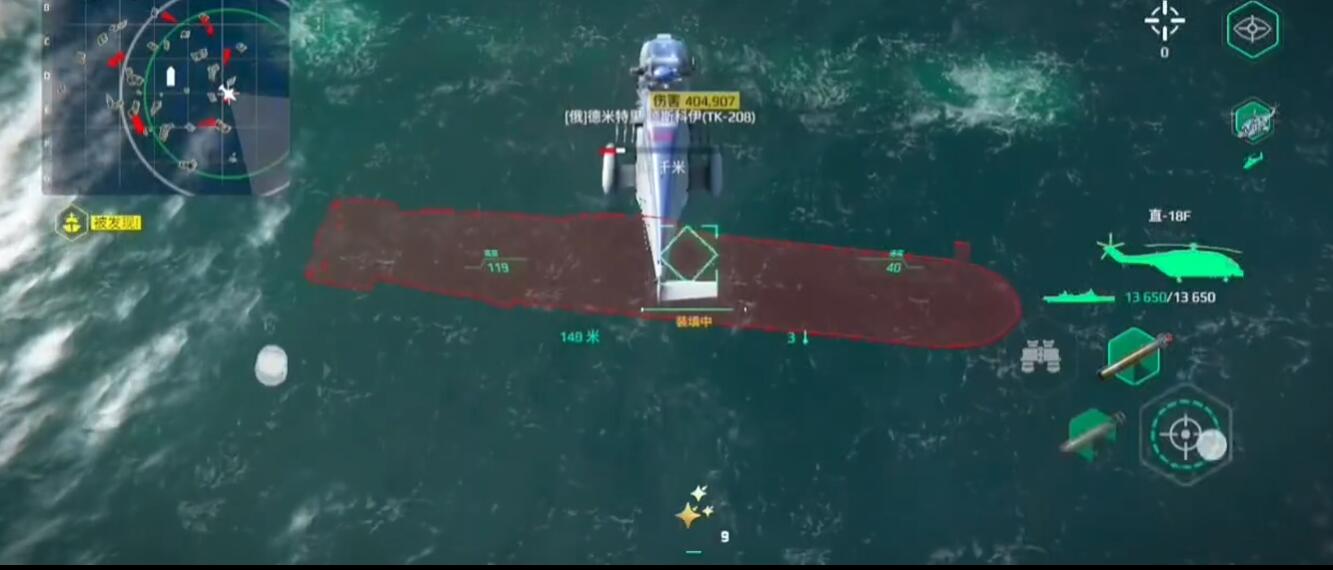
Fire support helicopters need to be deployed in the main attack direction of the ship: for example, the Apache's Hellfire missile has a single-shot damage of 12,000, making it suitable for targeting destroyers or crippled carriers. In battle, the helicopter should operate within the ship's anti-aircraft range, first weakening the enemy's armor with ship guns or missiles, then entering the battlefield to finish off. When facing high anti-aircraft targets, it can perform a sea-skimming raid, flying close to the sea to avoid radar lock, and then launching rockets from the target's flank.
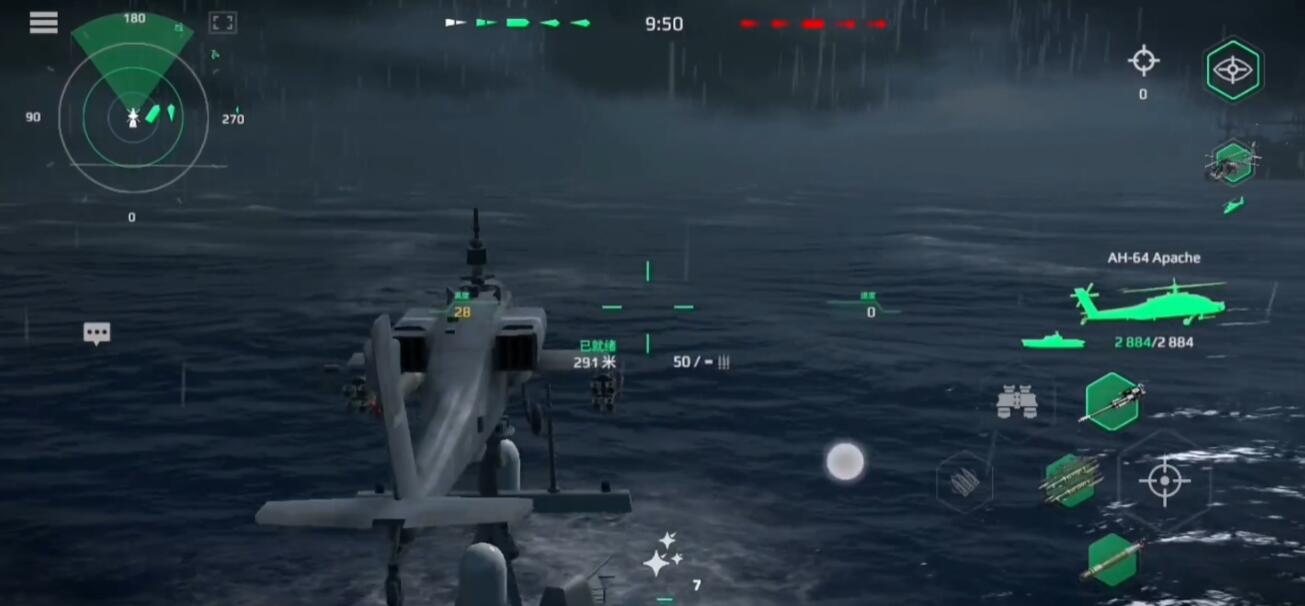
Carrier players need to focus on planning their helicopter squadrons. Carriers like the Shandong and Ford-class can carry 2-3 helicopters, and it is recommended to use a combination of Osprey and Apache, respectively, for reconnaissance and mop-up tasks. After the start, quickly launch the Osprey to light up the map, providing target guidance for the carrier-based aircraft, and in the mid-game, dispatch the Apache to clear out the enemy's crippled units. Helicopters need to return to the carrier regularly for ammunition resupply to avoid getting bogged down in prolonged battles. Prioritize shooting down enemy reconnaissance helicopters.
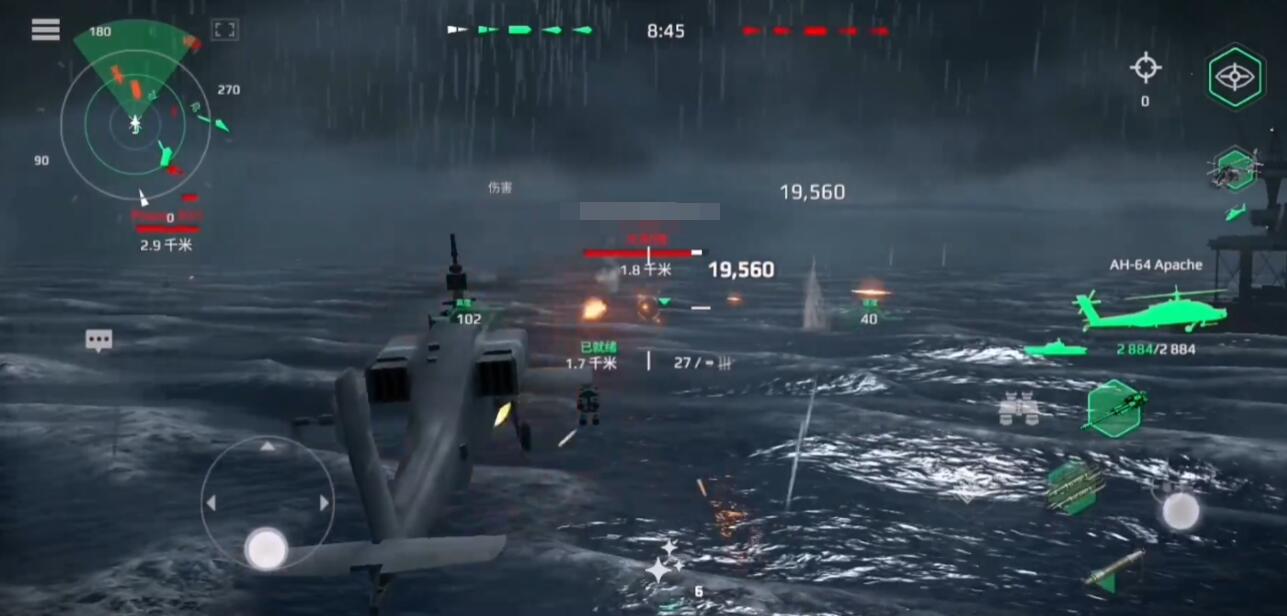
Through functional differentiation and targeted focus on different ships, the helicopter system has become a very crucial aspect of modern naval warfare's three-dimensional offense and defense. Mastering the characteristics of different models, reasonably configuring equipment, and accurately operating positioning can significantly improve battlefield control efficiency. Whether it's anti-submarine suppression or fire raids, helicopters can achieve high returns with low-cost investments.

